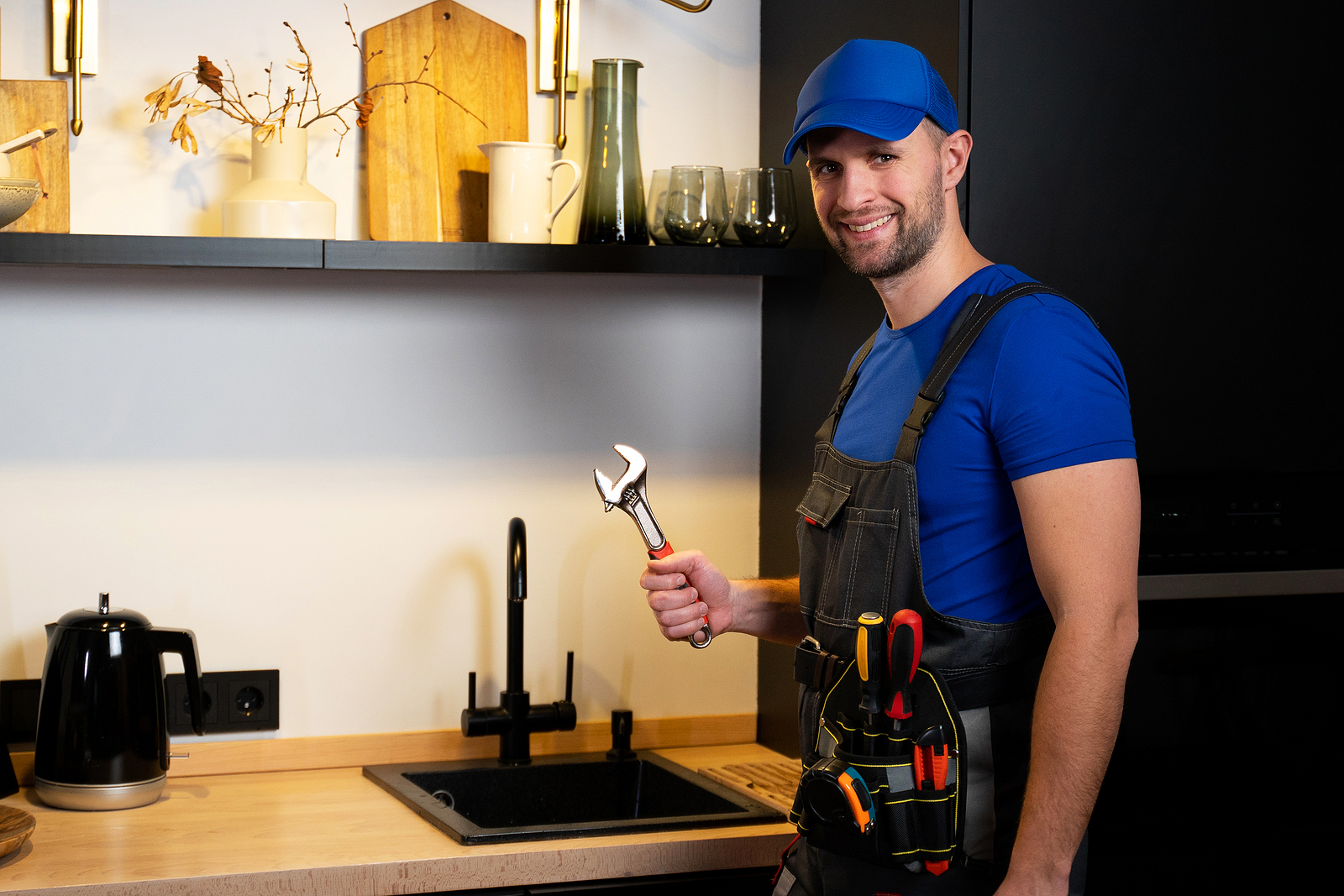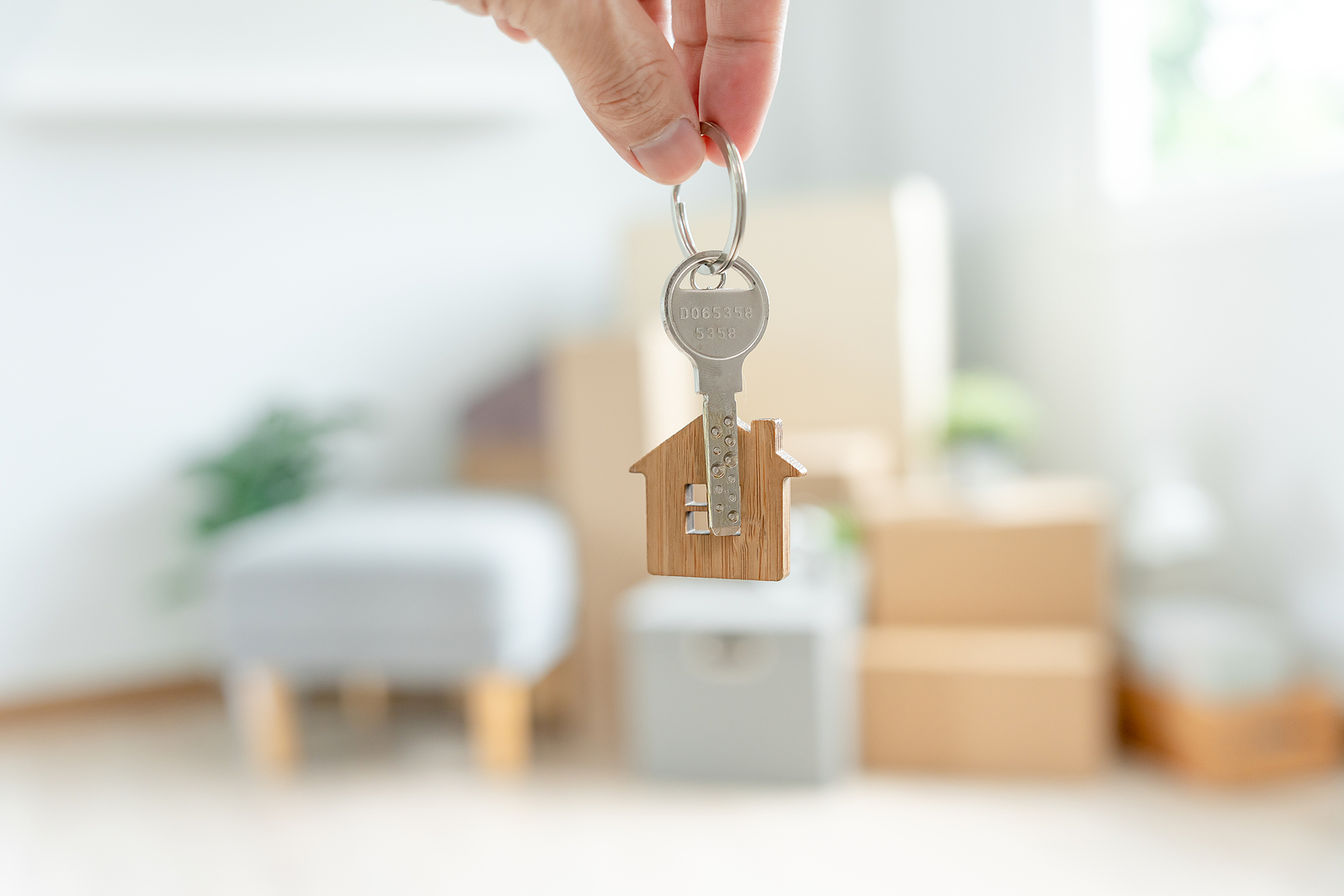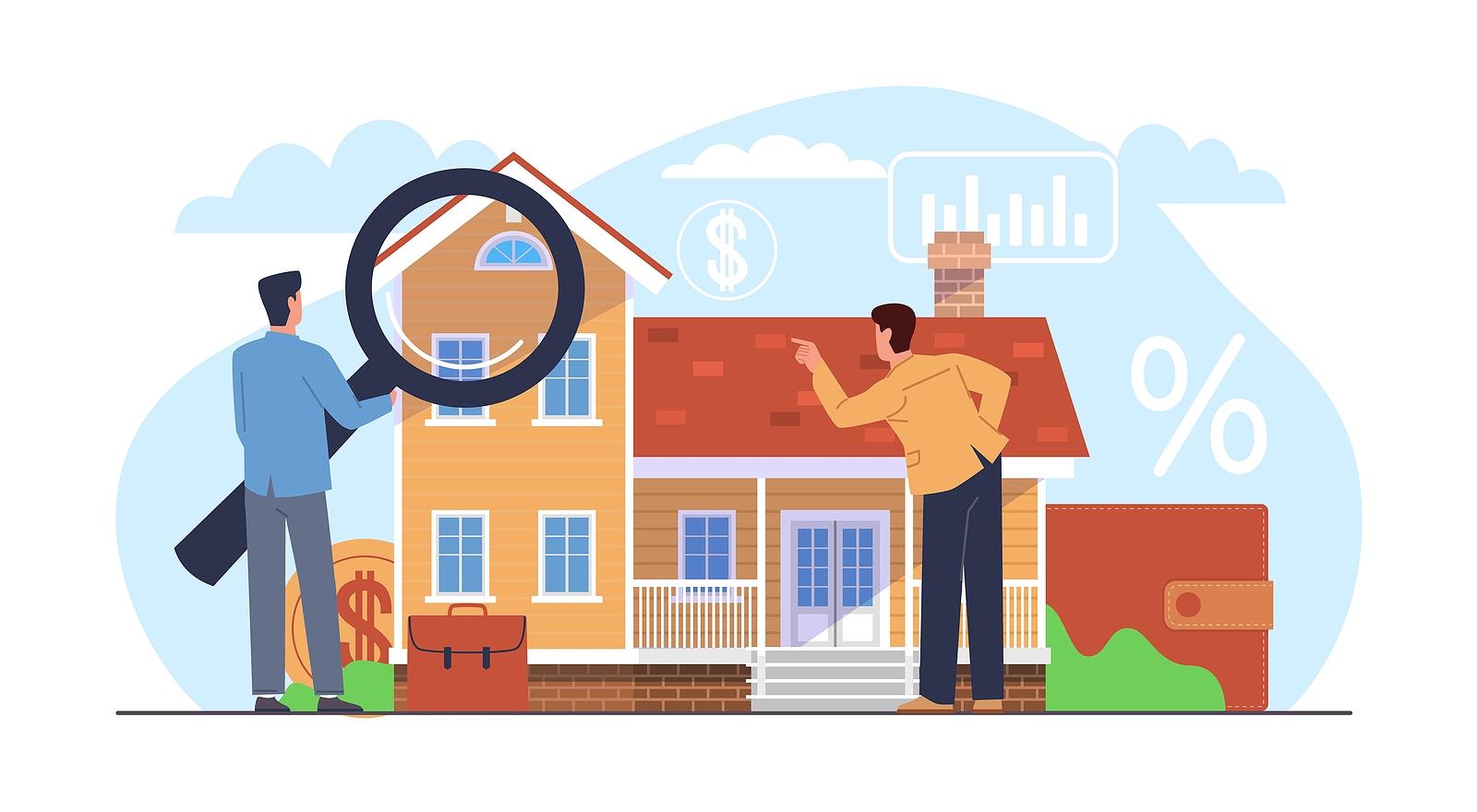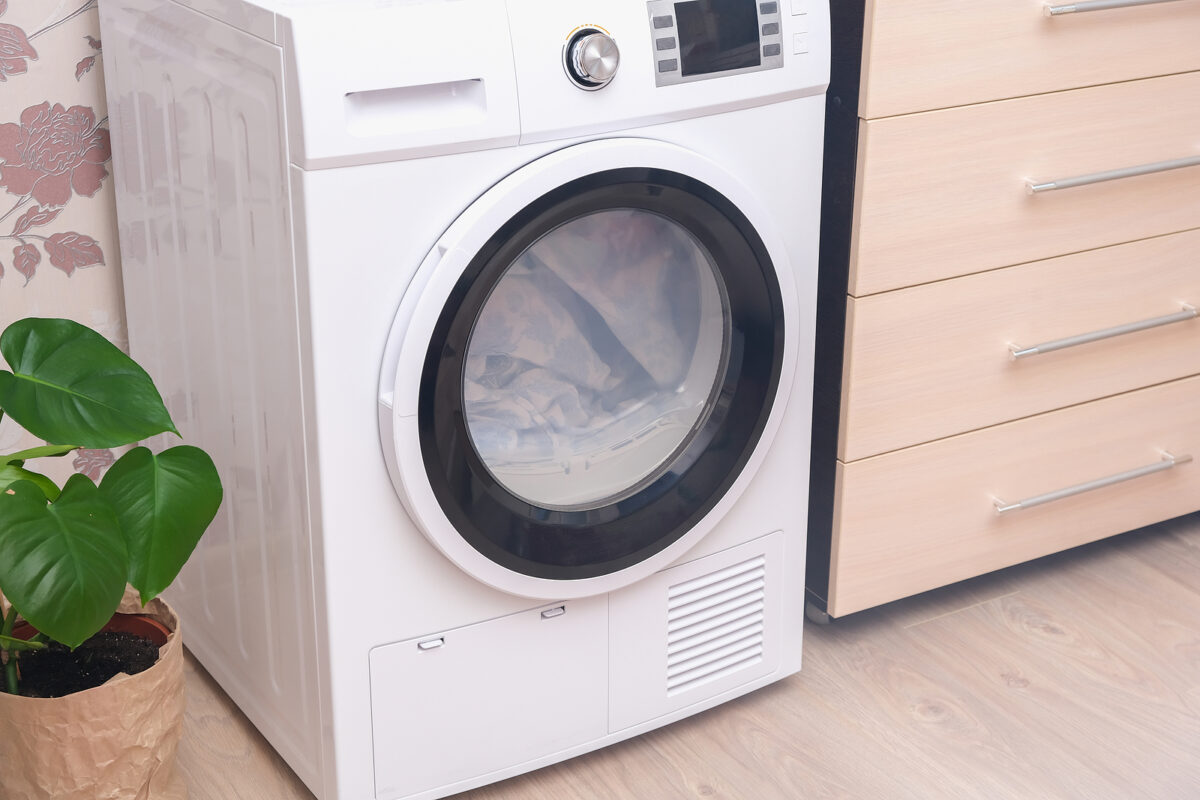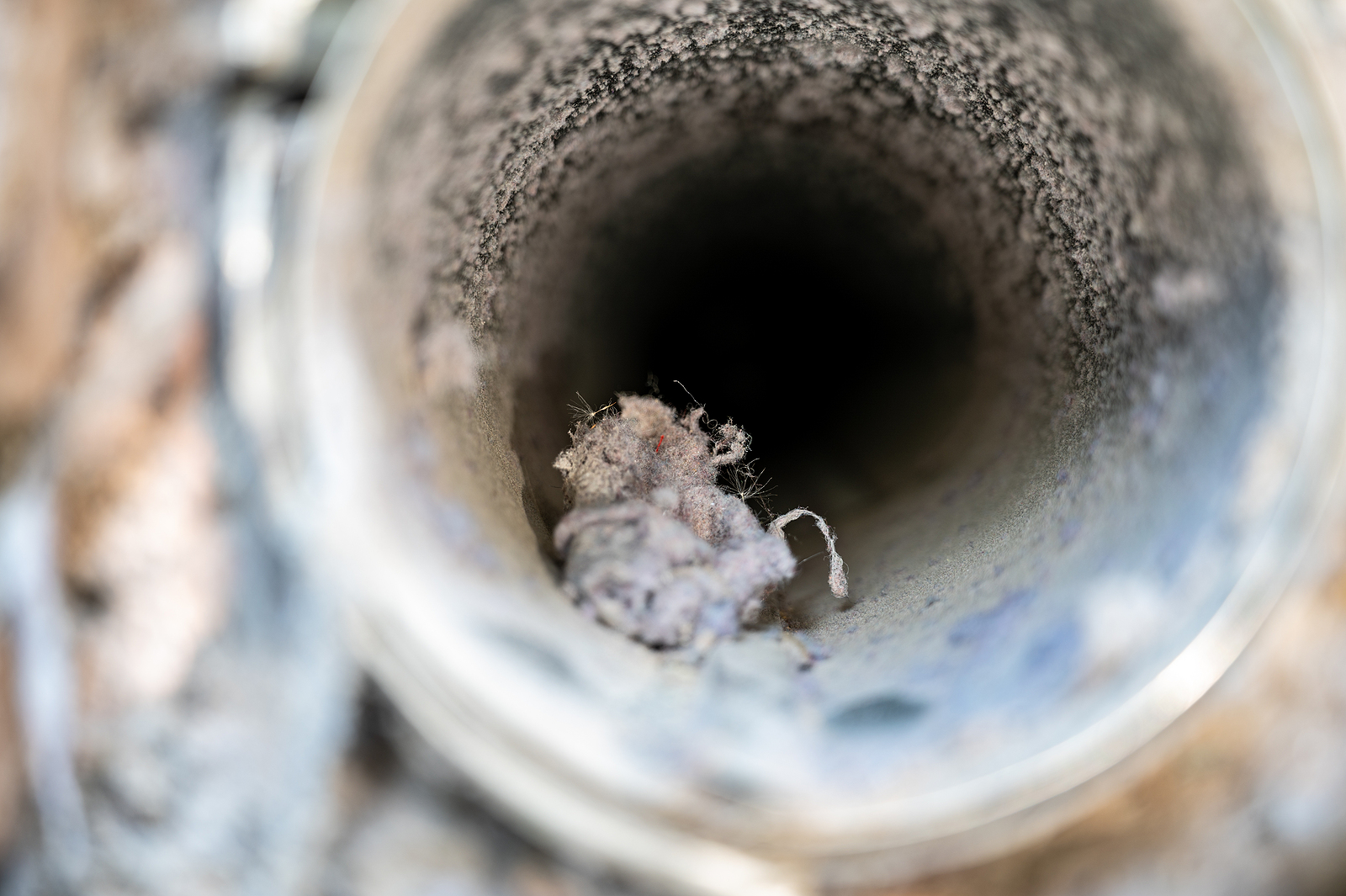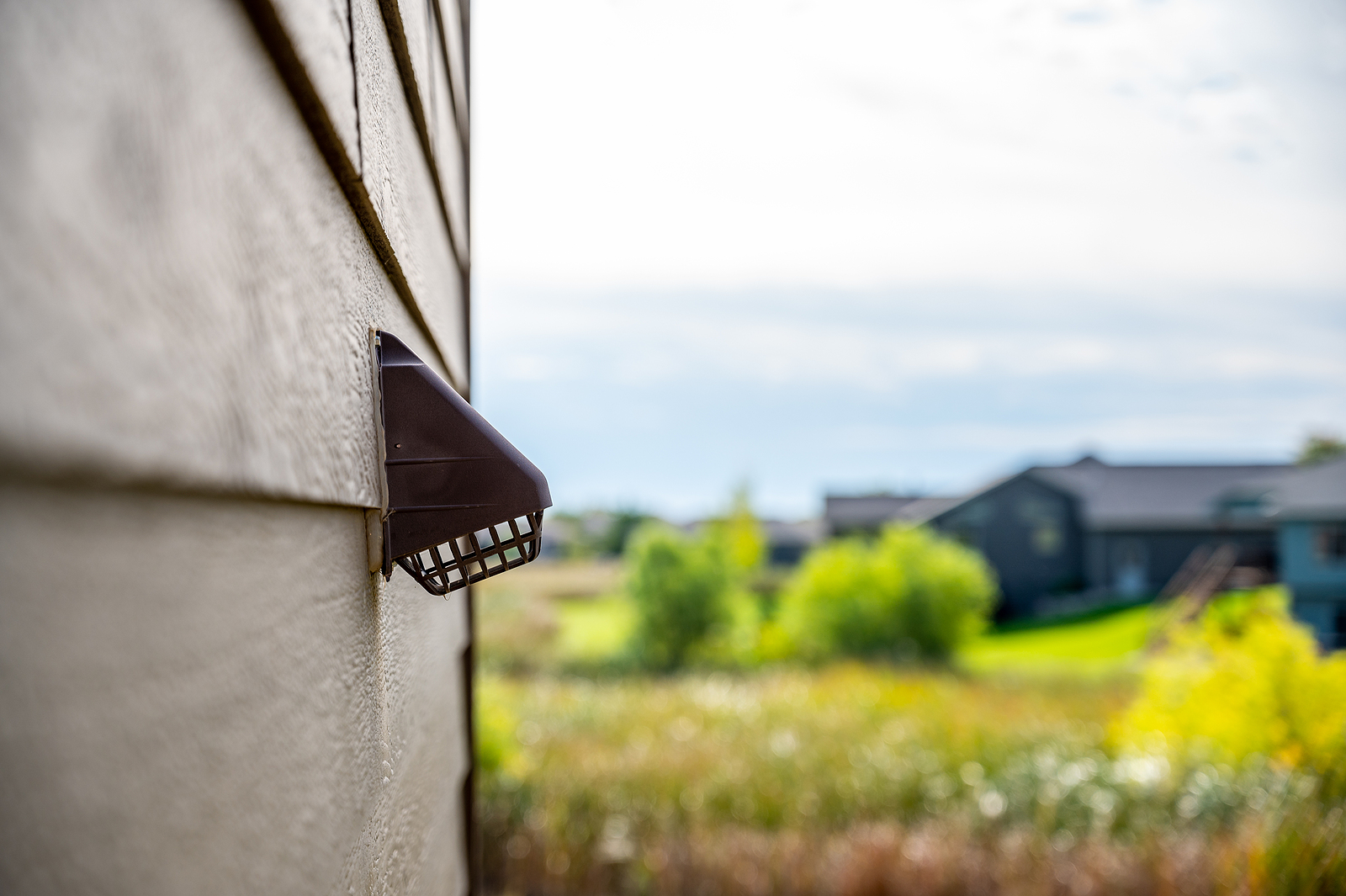The process of purchasing a home can be summed up in five words: a huge pile of paperwork. Despite promises of becoming a paperless society, it seems the real estate industry hasn’t yet caught up and both buyers and sellers spend a lot of time with pen in hand.
It’s easy to allow your mind to wander and your eyes to glaze over when your real estate agent sticks yet another form full of legalese in front of you. It’s also dangerous – especially when confronted by one of the three most important real estate documents in the home purchase process.
Let’s take a look at these nasty’s and why you should pay close attention to them.

The Purchase Agreement
Invariably, the first question a homeowner has when handed a purchase agreement is: “How much?” Sure, the offering price is important, but there’s a lot more lurking in the purchase agreement – and some of it is just as important as the money.
A few of the clauses you should scrutinize:
Earnest money deposit: As a seller, you’ll want this amount to be high and as a buyer, you will want to pay as little as possible. The amount of the deposit, however, not only proves that the buyer is serious about completing the transaction but also his or her financial solvency.
As Trev E. Petersen of the Knudsen Law Firm in Lincoln, Neb. says, as a seller, would you “even consider selling to a person who does not have $1,000 to put down on the house?” On the flip side, as a buyer “If you cannot afford a $1,000 earnest money deposit, should you even be considering the purchase?”

Financing contingency: The financing contingency allows the buyer to exit the transaction with no penalty if he or she can’t obtain financing at the stated rate and terms. The contingency, like all of them, is time-sensitive, meaning that the buyer has a limited amount of time to secure a promise from a lender.
The promise is typically based on underwriting, so it is different from the pre-approval process the buyer may have gone through prior to submitting the offer.
Sellers want to scrutinize the time element in this part of the contract. Since you’ll be taking the home off the market during this period, ensure that it isn’t protracted.
Dates: Every contingency in the purchase agreement has a corresponding time limit. There is also a stated date for closing and for possession of the home. Both parties should pay close attention to all of these time limits bearing in mind that “time is of the essence” in a real estate transaction.
Seller’s Property Disclosure
Arguably one of the most commonly litigated real estate processes is the seller’s property disclosure. Rules vary by state and even by region, but generally, a seller has a duty to fully disclose “the condition and information concerning the property known by the Seller which materially affects the value of the property.”
For the buyer, this form is a road map to future repairs. For the seller, if done honestly and thoroughly, it’s a “CYR,” (cover your rear-end).
Buyers also have a duty during the process and it’s known as “due diligence.” Part of this diligence involves becoming as informed as possible about the investment you are about to purchase.
This means you simply must read the seller’s disclosure forms. If you don’t, and a pre-existing condition later rears its ugly and costly head, you have no legal recourse after the sale closes.
Remember, that fresh coat of paint may just be a seller’s way of increasing the home’s curb appeal – or the paint could be acting as a bandage to cover water damage. Check the disclosures carefully.

Homeowners Association Documents
Purchasing a home that is governed by a homeowner’s association brings a whole new pile of paperwork to the process. The governing documents, known as the Covenants, Conditions and Restrictions, or CCRs for short, are extremely important reading material.
These documents will tell you if you can paint your house and, if so, what color. They contain pet restrictions, landscaping restrictions, parking rules and even whether or not you can fly a flag on your property. In essence, although you own your home, the CC&Rs dictate how you can use it.
Other documents in the package that bear scrutiny are the HOA meeting minutes, the budget, insurance information and the financial statements.
These documents don’t exactly make for light, enjoyable reading, but it is vital that you read them thoroughly. Keep in mind that if the HOA isn’t run properly, they may not have enough money in the reserve fund to pay for large repairs or maintenance projects.
In these cases, they will levy an assessment on all homeowners. This assessment is mandatory and failure to pay may result in fines, property liens and even foreclosure.
Consult with an attorney if there is anything in the paperwork you don’t understand.
While every piece of paper put in front of you for your signature is important in a real estate transaction, these three deserve special scrutiny. A home is a lot more than four walls and a roof, it’s an investment that requires due diligence on your part before agreeing to the purchase.














